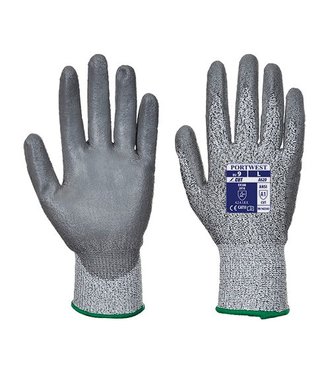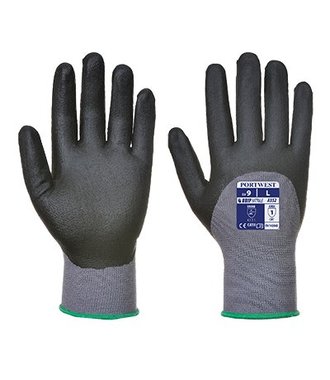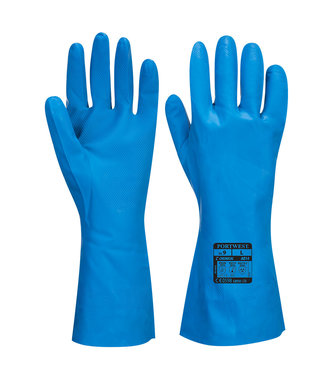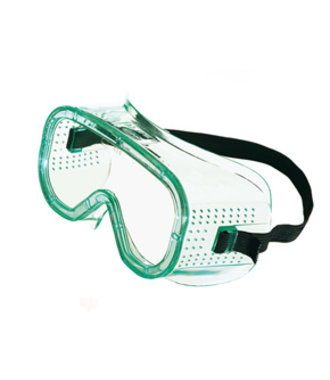You have no items in your shopping cart
Protection tips for workers in the food industry
Safety Workwear Shop has been supplying workwear and PPE to workers in the food industry for almost 10 years. HACCP standards and safety standards go hand in hand here. Read more about the protection tips for workers in the food industry.
Combining cut resistance comfort dexterity and grip in a seamless PU palm dipped liner.
Read more
Ergonomically designed insole which moulds to the individual foot shape. Provides all day long comfort and support. Trim to size for the perfect fit.
Read more
¾ coated glove for added protection to the back of the hand. Seamless breathable knitted liner for comfort and dexterity.
Read more
Chemical resistant gauntlet with textured pattern for enhanced grip. Flock lined for added comfort. For use in the chemical oil and food industries.
Read more
A814 - Food Approved Nitrile Gauntlet - Blue - U - Free of chemical allergens (Type IV allergies) latex protein (Type I allergies) and Nitrosoamines & Nitrosatables the A814 has been designed specifically for the food industry. Offering outstanding flexib
Read more
A801 - Double Dipped Latex Gauntlet - YeBlu - R - Double dipped latex gauntlet with anti slip pattern for good grip in wet and dry conditions. Ideal for the chemical industry food processing and industrial cleaning. Chlorinated for improved durability.
Read more
Pulsafe safety glasses LG 10 are from the brand Honeywell Safety Products. These safety glasses are made of PolyCarbonate (PC), are clear and without ventilation. Ideally suited for rescuers in affected regions such as Corona virus
Read more
Safety Workwear Shop has been supplying workwear and PPE to workers in the food industry for almost 10 years. HACCP standards and safety standards go hand in hand here.
Read more about the protection tips for workers in the food industry. This goes much further than just supplying disposable PPE and blue clothing...
Interview with Carlo, Safety Supervisor in a Food Processing Company
Q: What are some common workplace safety risks?
A: In our food processing plant, some of the most common safety hazards include slips and falls from wet floors, cuts and scrapes from sharp tools, and burns from hot equipment. We also have to be very careful about cross-contamination between different foods, as this can pose a health risk to consumers.
Q: What steps are you taking to prevent these risks?
A: We have a number of safety protocols in place to prevent these risks. For example, we have non-slip mats throughout the facility to reduce the risk of slips and falls, and we ensure that all employees wear slip-resistant shoes. We also have strict guidelines for the use and storage of sharp tools, including requiring the wearing of cut resistant gloves and providing designated tool storage areas. To prevent cross-contamination, we have color-coded utensils and cutting boards for different foods, and we train all employees in proper cleaning and sanitation procedures.
Q: How do you train your employees in safety procedures?
A: We have an extensive safety training program that all employees must complete before starting work, and we also have ongoing training sessions to reinforce key safety practices. We use a variety of methods to train our employees, including hands-on demonstrations, written materials and online modules. We also ensure that we provide regular feedback to employees on their safety performance and reward safe behaviour.
Q: What advice do you have for employees in other companies who want to improve their safety practices?
A: My advice would be to always put safety before convenience or speed. It may take a little extra time to put on protective gear or follow safety protocols, but it's worth it to avoid accidents or injuries. I would also encourage employees to speak up if they notice any unsafe conditions or behaviors, and to report any injuries or near misses to their supervisors so that they can be addressed and prevented in the future.







